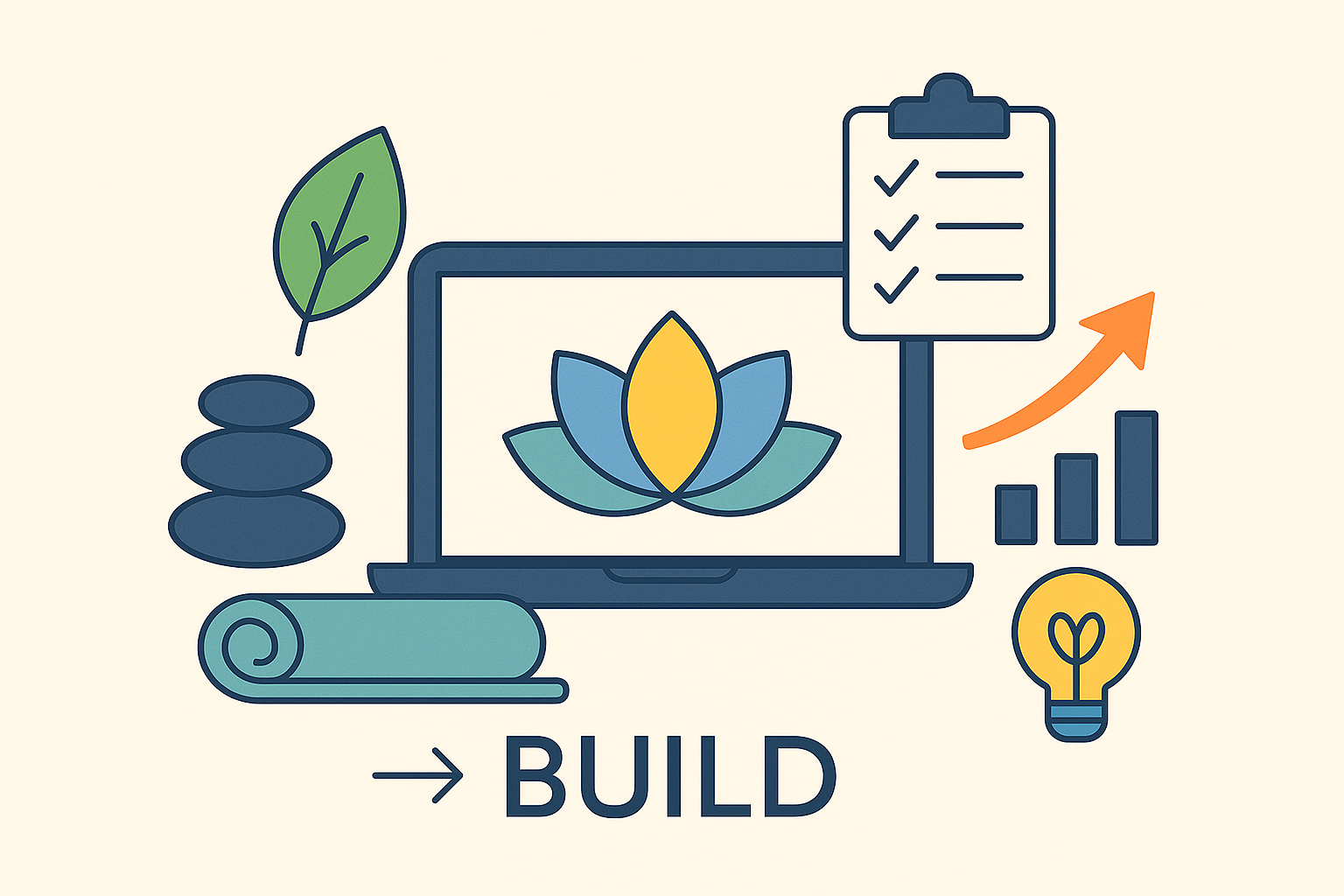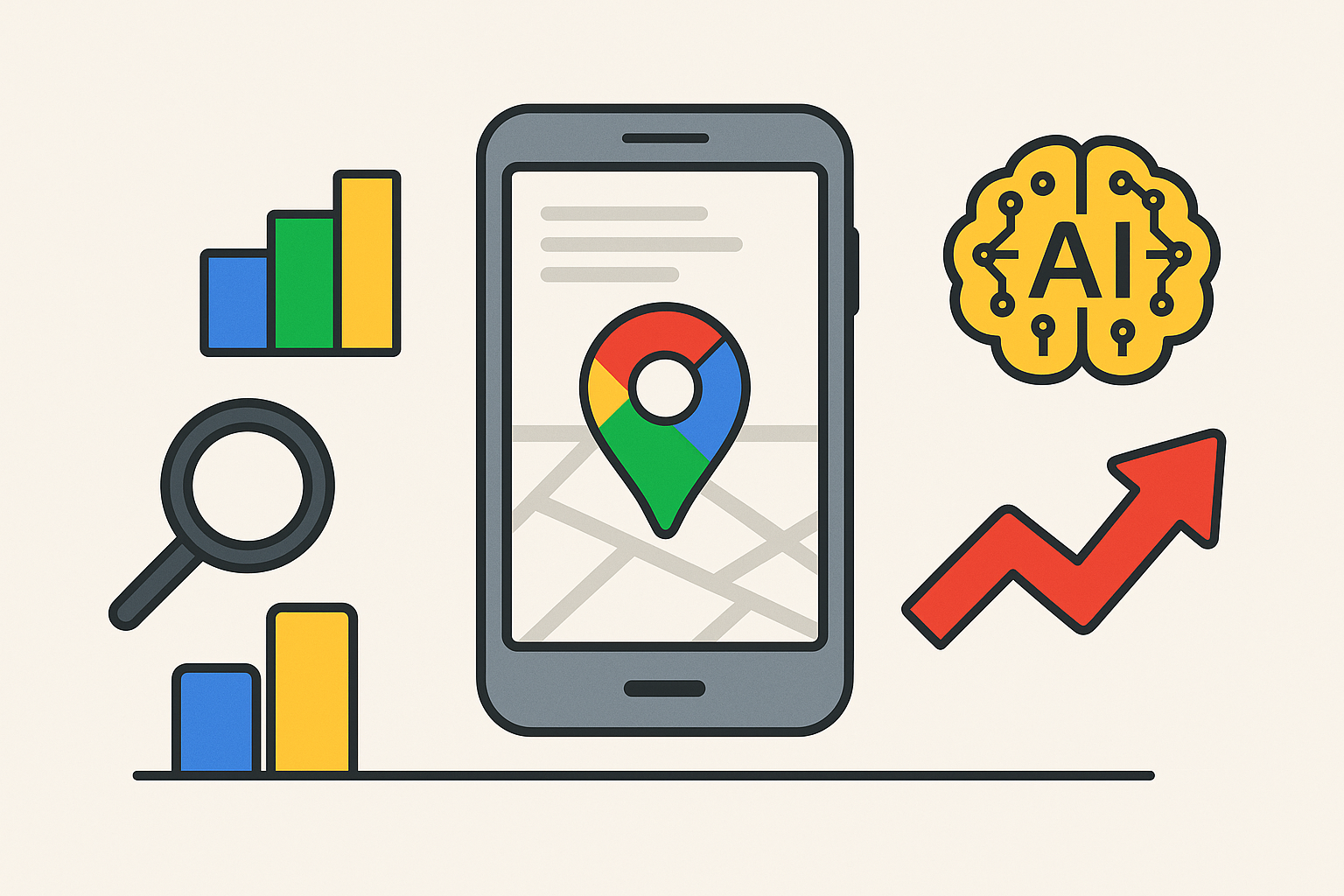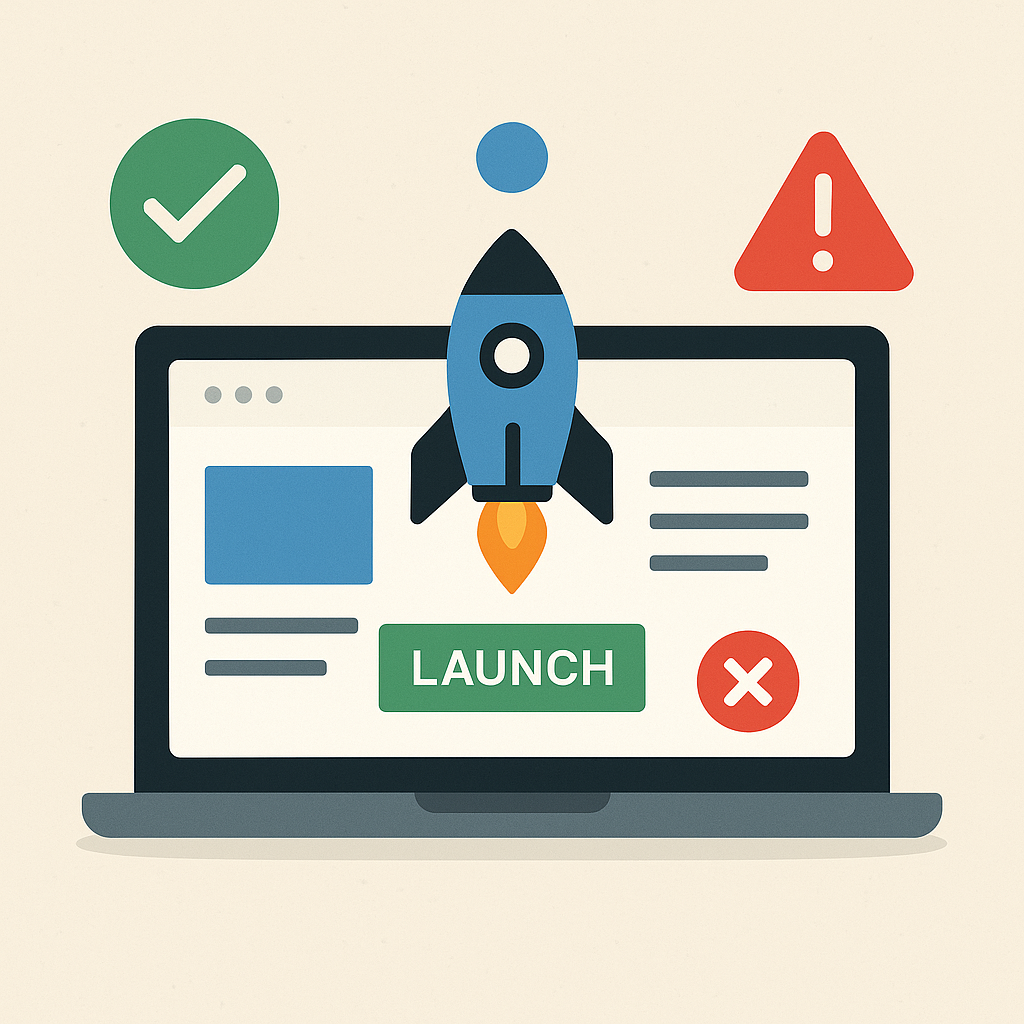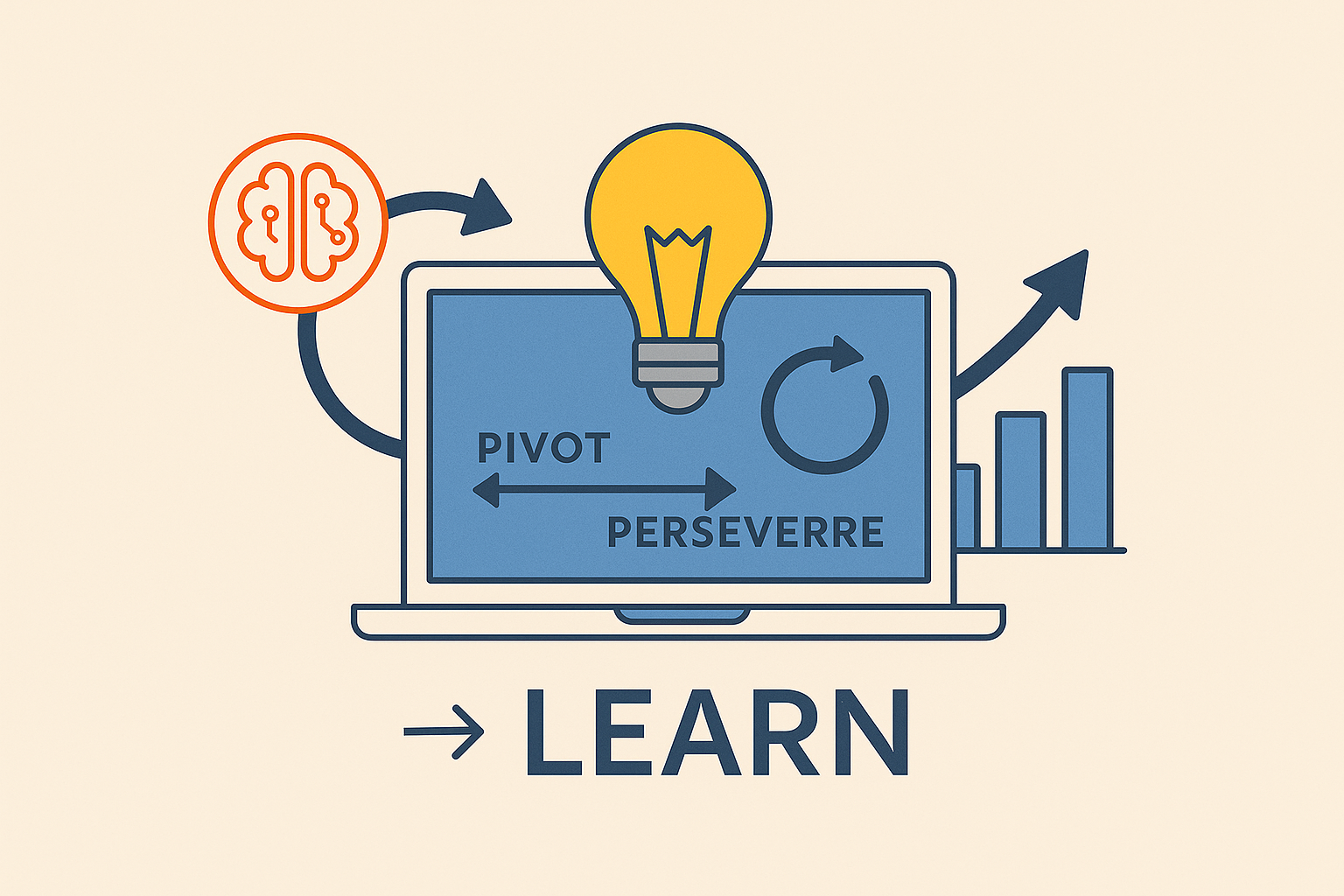You have a passion for helping others achieve their health and wellness goals – whether it's through health coaching, a serene yoga studio, skilled massage therapy, or innovative medical spa services. But turning that passion into a thriving business, especially as a solopreneur or small startup, requires more than just expertise; it demands smart, efficient strategies. This is where the Lean Startup methodology becomes your best friend. Instead of sinking vast resources into an unproven concept, Lean Startup, with its Build-Measure-Learn cycle, helps you start small, test your core ideas, and grow sustainably. Let's dive into the "Build" phase and explore how to lay a lean yet powerful foundation for your health and wellness venture.
Finding Your Focus: Lean Niche Definition & Value Proposition
Before you even think about renting a space or printing brochures, the lean approach demands clarity on who you serve and what unique value you offer. Instead of trying to be everything to everyone, determine your specific market positioning. Are you a health coach specializing in corporate wellness for busy executives? A massage therapist focusing on a niche technique for athletes? A med spa offering a unique combination of holistic and aesthetic treatments? Use a Lean Canvas (a one-page business model snapshot) to articulate the specific client problem you solve, your proposed solution, your key metrics for success (including client outcomes!), and your Unique Value Proposition (UVP). What makes your practice different and worth choosing? In the competitive health and wellness space, a sharply defined niche and a compelling UVP, clearly communicated through your initial branding efforts, are foundational to attracting your ideal clients from day one.
Your Minimum Viable Service: Building Small to Learn Big
The heart of the "Build" phase in Lean Startup is creating a Minimum Viable Product (MVP) – or in the service-focused health and wellness world, a Minimum Viable Service or Offering. This isn't your grand vision fully realized; it's the simplest version of your service that allows you to start testing your core assumptions with real clients and gather feedback. Think:
Health Coach: Instead of a year-long program, build a 4-week pilot program focusing on one specific outcome, or offer a single high-value workshop.
Yoga Studio: Before committing to a large lease and full schedule, build your MVP with pop-up classes in community spaces or a very limited initial class offering.
Massage Therapist: Introduce a new specialized technique to a small, targeted group of existing or potential clients.
Medical Spa: Launch with one or two core, high-demand services that require minimal initial equipment, rather than a full suite of offerings.
You can even use clever MVP types like the "Concierge MVP" (manually providing a highly personalized version of your service to a few initial clients to deeply understand their needs) or the "Wizard of Oz MVP" (where the client interacts with what seems like a streamlined system, but you're doing the work manually behind the scenes). This allows you to test demand and refine your service delivery with minimal upfront investment.
Laying the Groundwork: Essential "Build" Infrastructure (Lean Edition)
Even an MVP needs some basic structure to operate legally and safely. Approach this leanly:
Business Structure: Decide on a simple initial structure (like a sole proprietorship or LLC) that meets your early needs without overcomplicating things. Resources like the SBA can guide you.
Core Licenses & Permits: This is non-negotiable. Research the absolute minimum licenses and permits required in your state and city to legally offer your MVP service. This will vary hugely (e.g., massage therapy licenses are state-specific; yoga instructors might need certifications and business licenses; med spas have significant medical oversight). Don't guess – check official sources like your city or state business portals. A Certificate of Occupancy might be needed if you use even a small dedicated space.
Minimum Viable Insurance: Protect yourself and your clients. Get essential liability insurance. This is crucial for massage therapists, yoga instructors, and especially med spas where malpractice coverage is a key consideration.
Lean Startup Costs: Think minimally about initial costs. Can you use a shared space for your yoga MVP? Can a health coach start with virtual sessions to avoid office overhead? Do you need the fanciest massage table to test your technique with five clients? Focus on what's essential to deliver the core value of your MVP.
Tax IDs: Don't forget to get your federal and state tax ID numbers once your structure is set.
Your MVP's First Impression: Lean Marketing & Online Presence
Your MVP needs a way to reach its first clients. Build a simple online presence:
Basic Landing Page or Social Profile: Create a one-page website or a dedicated social media profile that clearly explains your MVP service, who it's for, and how to sign up or book.
Initial Content with AI Assist: Use AI tools to help draft your initial website copy, social media announcements, or a simple email to your network about your new MVP offering. Keep it clear, concise, and benefit-driven.
Local SEO Basics: Even for an MVP, think about basic local SEO keywords a potential client might use (e.g., "beginner yoga pop-up [your town]," "stress-relief health coach pilot program").
The "Build" phase for your health and wellness practice is about creating the simplest, most focused version of your service to start learning from real clients as quickly and affordably as possible. By defining your niche, creating a true MVP, setting up only the essential infrastructure, and making a basic marketing splash, you lay the groundwork for the crucial next step: Measuring its impact.
Stay tuned for our next post, where we'll explore how to Measure the success of your health and wellness MVP with metrics that truly matter!





